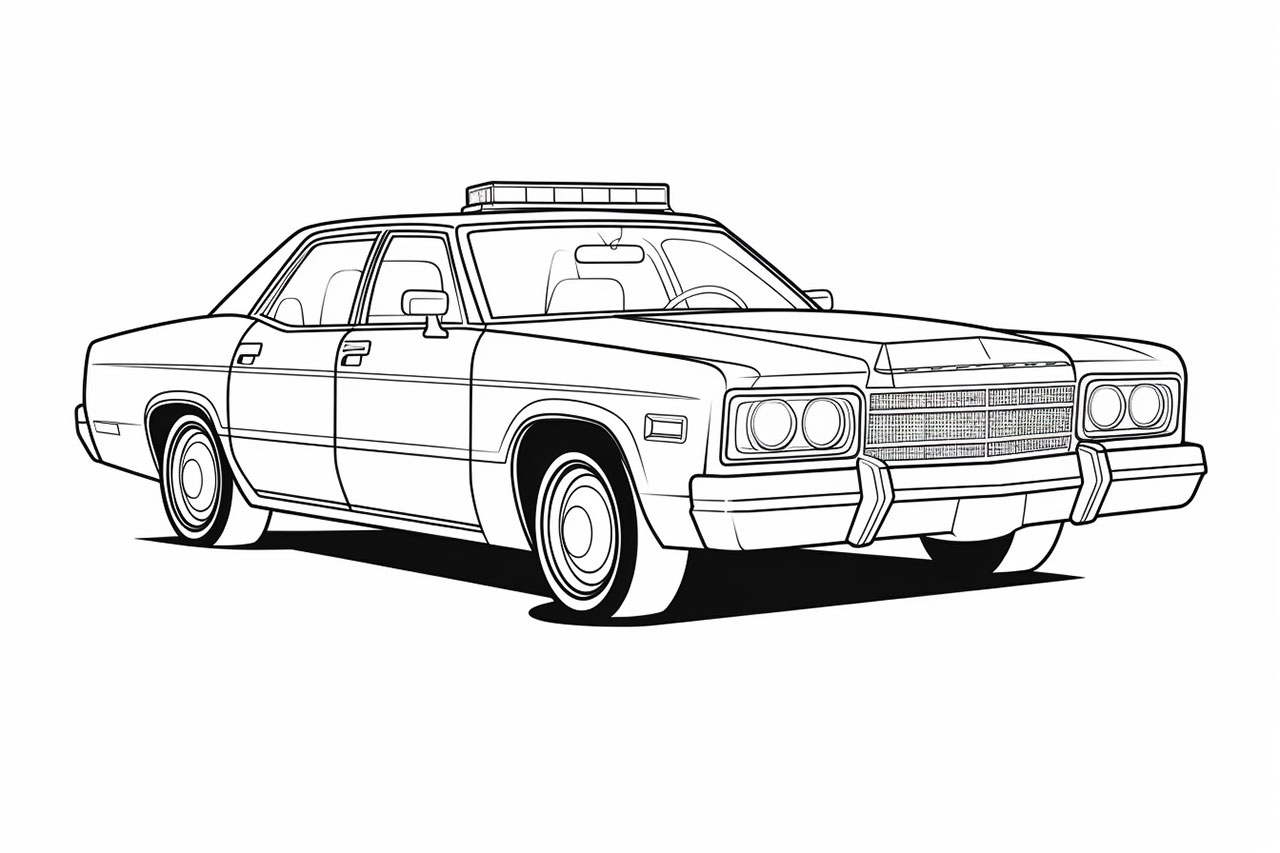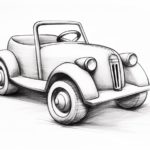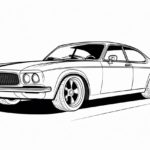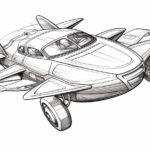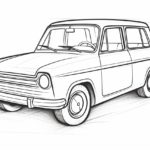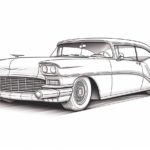Welcome to this step-by-step tutorial on drawing a police car! In this article, I will guide you through the process of creating a realistic and detailed drawing of a police car. Whether you are a beginner or an experienced artist, this guide will help you achieve impressive results. So, grab your pencils and let’s get started!
Materials Required
Before we begin, let’s gather the materials you will need for this drawing:
- Drawing paper
- Pencils (a range of hardnesses, such as HB, 2B, 4B)
- Eraser
- Ruler
- Reference image of a police car (a simple search online will provide you with plenty of options)
Now that we have all the necessary materials, let’s dive into the steps of drawing a police car.
Step 1: Outline the Basic Shape
To start, lightly sketch the outline of the police car using a pencil. Begin with a rectangular shape for the main part of the car, and add a smaller rectangle on top for the cabin. Remember to keep the lines light, as we will be refining them later.
Step 2: Define the Car’s Proportions
Using a ruler, carefully measure and draw guidelines to ensure the correct proportions of the car. Pay close attention to the size and placement of the wheels, windows, and other essential features. These guidelines will serve as a framework for the details we will add later.
Step 3: Add the Wheels
Next, draw the wheels of the police car. Start with simple circles and then add the rims inside them. Make sure the wheels are evenly spaced and aligned with the guidelines. Take your time to get the proportions right, as wheels are crucial in conveying the realism of the drawing.
Step 4: Sketch the Body Details
Now it’s time to add more detail to the police car’s body. Start by refining the outline of the car, making it more defined and smooth. Pay attention to the curves and edges of the vehicle. Then, add the doors, windows, and any other distinctive features that your reference image might have. Remember to keep your lines light and use a softer pencil for darker areas.
Step 5: Draw the Lights and Siren
To give your police car some character, start drawing the lights and the siren. Typically, police cars have a light bar on top with several flashing lights. Use small circles to represent the lights, following the shape of the light bar. Add details like the siren speaker and any other additional lights your reference image may have.
Step 6: Add the Police Decals and Number
To make it clear that it’s a police car, it’s important to add the necessary decals and the identification number. Place the decals on both sides of the car, usually on the doors or fenders. These decals typically consist of the word “POLICE” and might include the emblem of the police department. Additionally, add a visible identification number on the roof, hood, or doors.
Step 7: Refine the Details
Now that you have the basic form of the police car, start refining the details. Pay attention to any small features like the grille, side mirrors, exhaust pipes, and handles. Add shading to create depth and dimension, using different pressures on your pencil to achieve varying levels of darkness. Take your time with this step, as it will greatly contribute to the realism of the final drawing.
Step 8: Shade and Add Shadows
To make your police car drawing pop, it’s crucial to add shading and shadows. Observe your reference image to determine the direction of the light source, and shade the areas that would be in shadow accordingly. Use soft, gradual strokes to create smooth transitions between light and dark areas. This technique will add depth and make your drawing look more three-dimensional.
Step 9: Finalize the Drawing
Take a step back and evaluate your drawing. Make any necessary adjustments or additions to ensure that all the details are accurate and well-executed. Pay attention to the overall balance and harmony of the drawing. Once you are satisfied with the result, carefully erase any remaining construction lines and guidelines.
Congratulations! You have successfully drawn a police car. With practice and patience, you can refine your skills and create even more impressive drawings in the future.
Conclusion
Drawing a police car requires attention to detail and a good understanding of perspective and proportions. By following the step-by-step instructions in this tutorial, you have learned how to create a realistic and detailed representation of a police car. Remember to take your time, be patient with yourself, and enjoy the process of bringing this iconic vehicle to life on paper.
I hope you found this guide helpful and that it has inspired you to explore your artistic abilities further. Now go grab your pencils and start creating your own amazing police car drawings!

